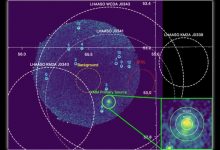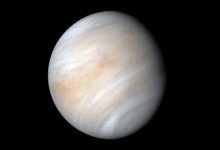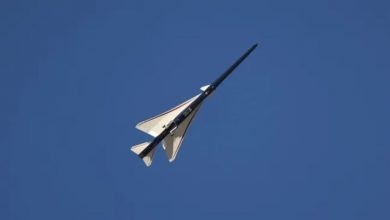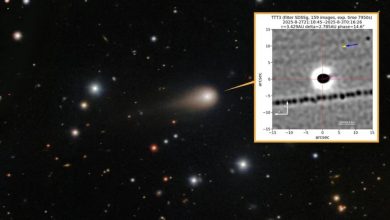Study suggests comet 3I/ATLAS may originate from the Milky Way’s thick disk, shedding light on the galaxy’s hidden frontier.
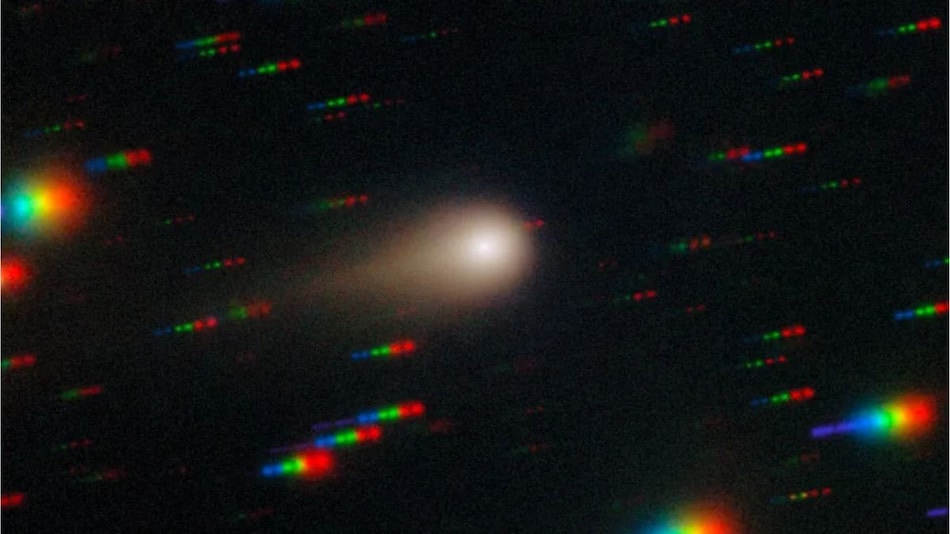
New analysis suggests interstellar comet 3I/ATLAS hails from the Milky Way’s thick disk
Click Here to Add Gadgets360 As A Trusted Source

A new study suggests that the interstellar comet 3I/ATLAS might have come from the largely unexplored frontier of the Milky Way, offering a rare look into the galaxy’s early structure and dynamics. The comet, which is only the third known object from outside our solar system, is being carefully observed as it speeds through our region of space. Its composition, trajectory, and origins are now the subject of a growing number of models attempting to trace where it may have originated, perhaps from a dense and older component of our galaxy.
3I/ATLAS Could Be a Relic from the Milky Way’s Early Frontier, Astronomers Propose
According to recent analyses, one compelling possibility is that 3I/ATLAS was ejected from the Milky Way’s thick disk—a region containing older stars and stellar remnants—rather than the more studied spiral arms. This idea comes from modeling its incoming speed, direction, and chemical signature, which appear somewhat different from typical solar-system comets.
Astronomers suggest that each object that puts a step into our solar system from another star acts as a messenger that carries clues from its own home. The composition of 3I/ATLAS and its ratio of carbon dioxide to water, along with its early outgassing activity, imparts surprise to scientists, and it points to a formation environment that may be different from ours. Multiple telescopes confirmed it is a comet with a growing tail. Moreover, it moves and approaches the Sun.
However, its origin is still a question mark. Over billions of years, due to gravitational perturbations, the comet’s path was changed. Although this event complicates backtracking. Despite that, there is a chance it was born in a less-understood region of the Milky Way. It opens new doors to comprehending galactic evolution and interstellar materials.
Planned and proposed missions may one day intercept comets like 3I/ATLAS. For now, telescopic studies continue to understand more of its size and makeup. Currently, it is estimated to have a nucleus diameter of up to several kilometres.
